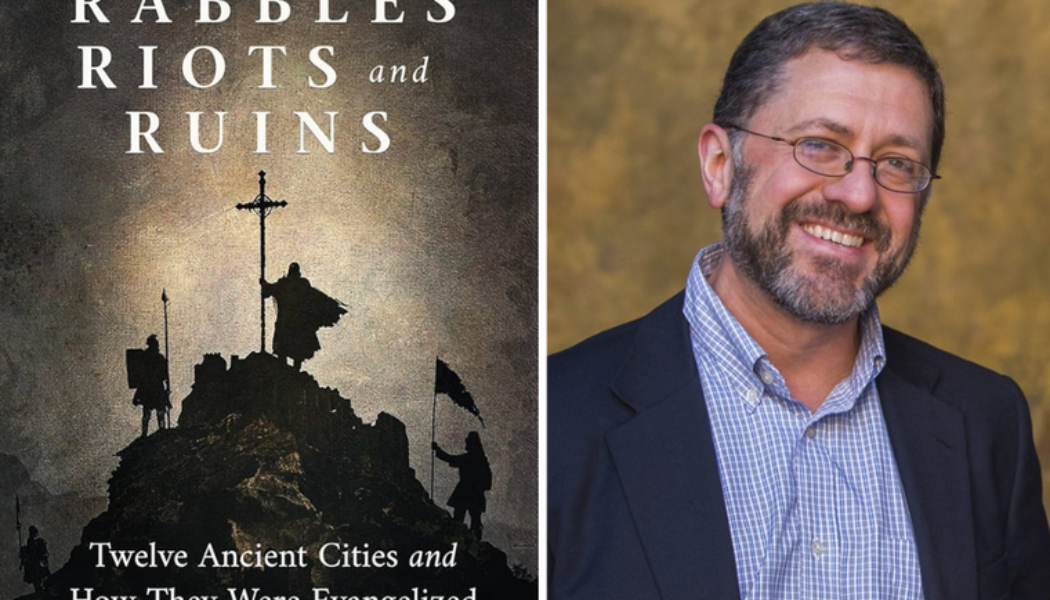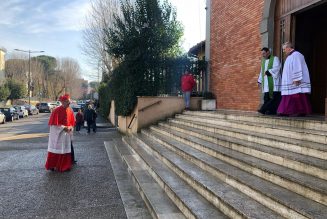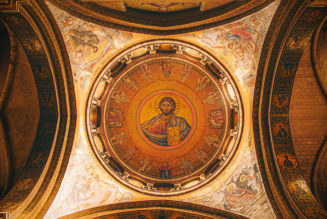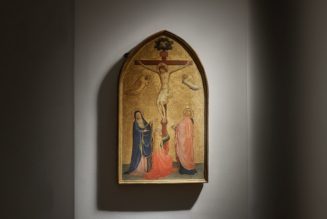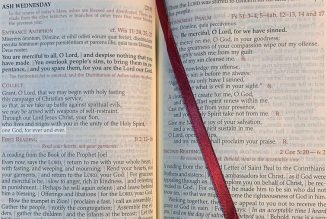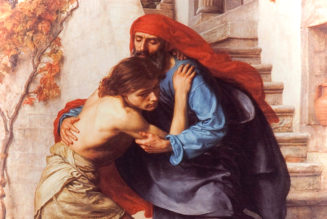
Journey from Jerusalem to Antioch through Alexandria, Rome, of course, Constantinople and, finally, to Carthage.
‘Rabbles, Riots and Ruins: Twelve Ancient Cities and How They Were Evangelized’
By Mike Aquilina
Ignatius, 2024
206 pages, $17.95
Cities have always been rough places. When too many people are crowded together, there’s no telling what can go wrong: riots, vandalism and even murder. And when people with dearly held diverse views get in each other’s faces, sparks can fly — followed by fire.
That’s especially true when those diverse views are religious in nature.
Yet ancient cities for all their flaws were the launching pads for Christianity’s miraculous growth. It’s where the fundamentals of the faith were fought over and confirmed as well as the places where the Christians were often brutalized and martyrs were made.
Even the New Jerusalem of the Book of Revelation was predicted to be a grand city:
“Then I saw a new heaven and a new earth, for the first heaven and the first earth had passed away, and the sea was no more. And I saw the holy city, new Jerusalem, coming down out of heaven from God, prepared as a bride adorned for her husband” (Revelation 21:1-8).
Early on in Rabbles, Riots and Ruins: Twelve Ancient Cities and How They Were Evangelized, the latest book by esteemed Catholic author Mike Aquilina, he asks why the New Jerusalem was not thought to be some pastoral idyll.
“Why is heaven a city? Why not a big happy farm or an unspoiled forest — or even a garden, like the garden where human life began in Genesis,” he writes. “The answer goes deep into our tradition, Western and Eastern.
“Start with what it means to be civilized. The word ‘civilization’ means ‘creating cities.’”
Cities, Aquilina notes, have always been the breeding ground for new ideas. It’s where artists, for example, felt free to push boundaries; where philosophers first extolled there understanding of the human condition. So it’s not surprising that a new religion like Christianity, one like the world had never seen, would gain adherents in an urban setting.
The new faith began to grow first among the Jews, some of whom saw Jesus Christ not as an outlier but fulfilling their religious tradition, Aquilina notes. Of course, in every major city, there were large Jewish communities with often more than one synagogue, where the apostles could find a ready-made audience and new adherents.
Rabble, Riots and Ruins follows an easy-to-follow path by visiting a dozen cities of the early Christian age and describing how the faith was received. Think of it as a tour through the Apostolic Age through to part of the ante-Nicene period.
Aquilina takes the reader from Jerusalem to Antioch through Alexandria, Rome, of course, Constantinople and, finally, to Carthage. What they all had in common was the influence of the Roman Empire. Even those cities that were not actually part of the empire were touched.
Many of these cities had a penchant for violence and riots, often started from the top down. Nero is well known for fiddling while Rome burned. Like all depots, then and now, the solution was to blame the “other.” He began his pogrom by promoting the idea that Christians started the fire to bring about the end of the world.
“That was the story Nero wanted people to have in their minds. He started rounding up the Christians and torturing them to death for the entertainment of the Roman people. The Romans liked it and wanted more.”
For lighting, the Christians were used by Nero as human torches. So much for “civilization” or civilized behavior.
Alexandria is one of the more fascinating places on this urban journey, if only because of it being a center of learning but also for its easily-stirred-up citizenry who seemed to think rioting was a team sport.
Jews made up a substantial part of the city but that didn’t protect them from mob violence.
“Alexandria was the most prone to violence,” Aquilina writes.
At one point, a pagan mob decided to teach the Jews a lesson by putting up pagan statues in the synagogue. Then it got much worse.
“Flaccus, the Roman governor, encouraged them. Predictable riots followed in which many Jews were murdered and much of their property destroyed. Like Hitler after Kristallnacht, Flaccus punished the Jews for their violence against them.”
Yet it was a Jew, Philo, who articulated one of the most important teachings of the faith.
“For Christians, one of the most striking aspects of Philo’s thought is his idea that God created the world through ‘his first-born word.’ This Word is the eternal image of God.”
Persecutions against Christians in Alexandria also took its toll, driving out the best teachers. However, these persecutions also produced more converts. Into the milieu stepped Origin, one of the great scholars in Alexandria, who took over the catechetical program on behalf of the bishop.
Also notable was the priest Arius, the father of one of the most dangerous heresies. Arianism argued that Jesus was not divine but a created being. Despite being denounced as a heresy at the Council of Nicaea, it gained a strong foothold in the eastern and western Roman empires.
Aquilina is at his most descriptive when describing what it must have been like for a pilgrim to descend on Jerusalem from the surrounding countryside — much like Joseph, Mary and Jesus did in St. Luke’s Gospel.
When the Holy Family was near the city limits, they likely could have smelled it before it came into view.
“Many cities have been known for their industrial smells but this one is different. Jerusalem smells delicious. Its biggest industry is animal sacrifice, so the smell of barbecue is always in the air.”
But that was just a foretaste.
Aquilina writes, “And then there it is, up on top of a hill, looking almost halfway to heaven …”
